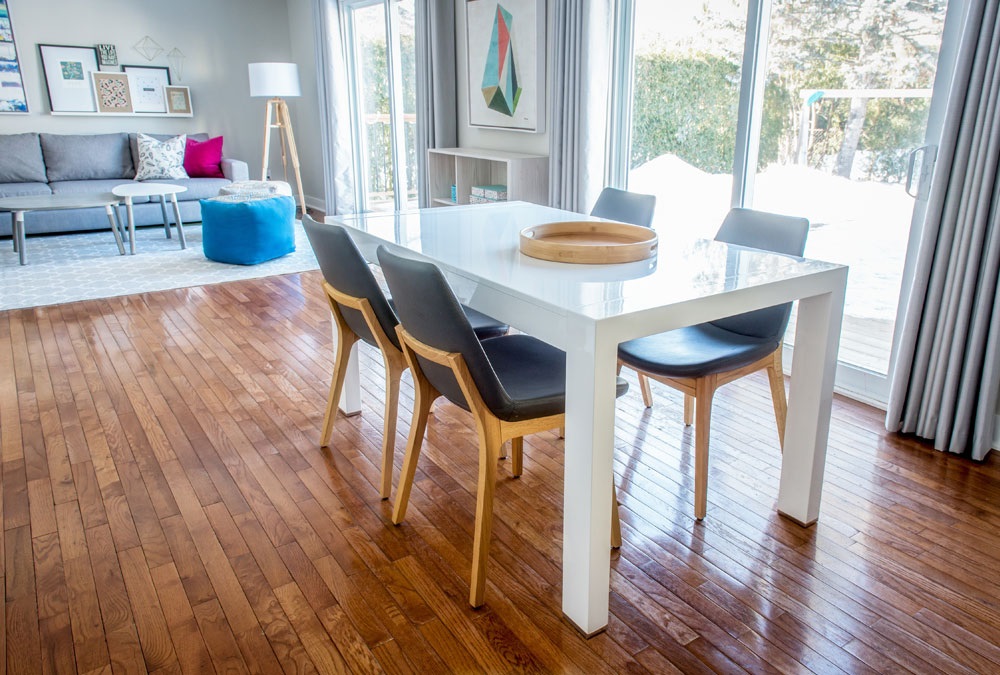Choosing a material for a table and countertop can leave you overwhelmed, especially when you have plenty of options to choose from. Granite, marble, quartz, stainless steel, wood, glass, are just some materials available – each with their upsides and downsides.
The table and countertop that you choose for your home will be determined by the functions you need. Each table material has its benefits and challenges that each individual and home can manage.
So here are a few table materials to help you choose what fits you
Granite
Granite has been the conventional choice for countertops, owing to its diversity in colour and uniqueness in each piece. Its heaviness makes it tolerant to nicks, splashes, heat, and normal wear and tear. The weight also implies that your cabinetry underneath must be firm enough to carry it. Granite tables must be regularly sealed and resealed to avoid staining, and you must be selective of the cleaning products you use on it to prevent eroding the surface over time.
Glass
Glass is used for many kinds of tables such as dining tables, coffee tables, nesting tables, desks, and so on. Although solid glass is not usually used for countertops, it is growing in use with other countertop materials. Glass is pretty easy to clean and fits in with almost any decor.
Wood
Traditionally, wood has been the most used countertop material and is recently making a comeback. Wood is the ideal countertop material for slicing, chopping and cutting foodstuffs.
Stainless Steel
Some stainless steel table material come with metal table base (ขา โต๊ะ เหล็ก, which is the term in Thai) and is mostly used for commercial kitchens such as hotels and restaurants. It is durable, bacteria and heat resistance, and is very easy to clean. It growing in use at residential kitchens; however, it can be problematic in this use.



